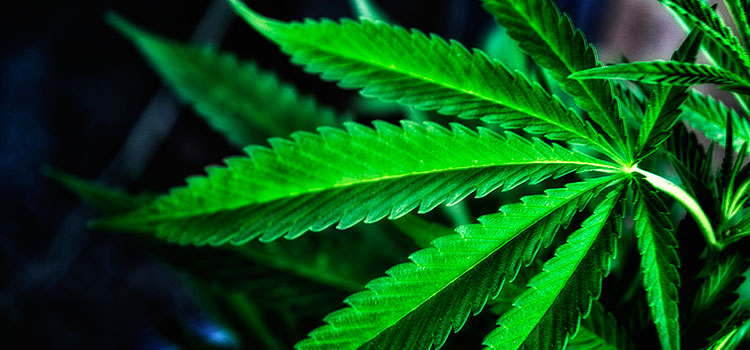If there’s one thing you can say about most people who smoke marijuana, it’s that they generally really like marijuana. Maybe that’s a “duh” statement, but I mean that they really like marijuana: we know the different species, we know the different strains, we know whether or not this bud will make you hungry or happy or paranoid, and whether or not this other bud will put you to sleep. Much like a connoisseur of beers or wines might judge and rank the drinks they have, cannabis connoisseurs — out of love and respect for this amazing plant — will do the same for their bowls, doobies, and edibles.
It appears, however, that for generations marijuana enthusiasts and researchers have been using an improper nomenclature to discuss the varieties among the several cannabis subspecies.
What went wrong?
The original division of the cannabis plant species grouped the plant’s many different strains into three basic categories: cannabis sativa, cannabis indica, and cannabis ruderalis. Ask any self-respecting stoner to describe the differences in these subspecies, and they’ll probably tell you that sativas will give a heady type of high, whereas indicas give an intense body high. On the other hand, the ruderalis subspecies has been commonly regarded as ditch weed, or a weaker form of cannabis that grows in the wild and is generally not worth domestication due to its undesirable cannabinoid profile.
However, according to cannabis researcher John McPartland, an affiliate of GW Pharmaceuticals and long-time voice in the cannabis research community, this nomenclature is wrong. Specifically: when the original cannabis taxonomy was created by Richard Evans Schultes in the 1970s, he misidentified a cannabis afghanica plant as cannabis sativa, which set off an unfortunate chain of misconceptions that has deceived the marijuana community for generations.
McPartland unveiled his discovery during a presentation at a 2014 meeting of the International Cannabis Research Society.
What’s changed?
Only the labeling of the three major cannabis subspecies has been adjusted, but to avoid inevitable confusion here’s a brief rundown on what’s changed.
C. sativa was misidentified and should have been named c. indica because this subspecies actually originated in India. Meanwhile, c. indica in fact originates from the Afghanistan region, and for that reason McPartland has called for it to be renamed c. afghanica. The wild-growing cannabis currently known as c. ruderalis is to be called c. sativa under the new classification. For an easier time understanding these distinctions, check out this chart from McPartland’s original presentation.
It remains to be seen whether or not the marijuana community will take to this new nomenclature: after all, the sativa vs. indica understanding of cannabis has thoroughly permeated both the medical and recreational industries. However, with researchers, doctors, and other members of the scientific community beginning to take a closer look at the plant, we should probably prepare for the more accurate, scientifically sound vernacular to eventually stick.
Sources:
http://theleafonline.com/c/science/2015/01/indica-sativa-ruderalis-get-wrong/
http://www.beyondthc.com/mcpartlands-corrected-vernacular-nomenclature/
Photo Credit: Carlos Gracia
Get daily cannabis business news updates. Subscribe
End
